৩০ অগ্রহায়ণ ১৪৩২
Trump's latest tariff hits major economies, but exempts Russia, North Korea, and Cuba
03 April 2025 21:04 PM
NEWS DESK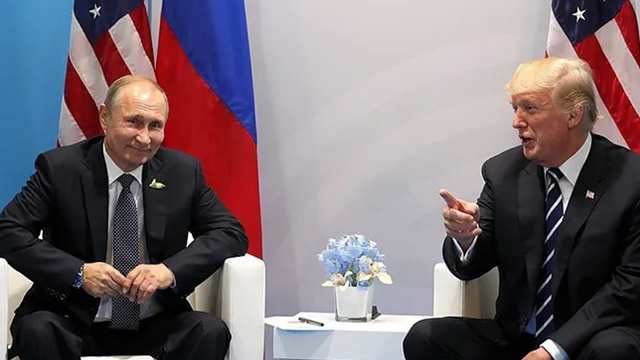
US President Donald Trump’s latest round of reciprocal tariffs has hit multiple countries hard, with rates ranging from 10% to as high as 50%. However, some nations—Russia, Canada, Mexico, North Korea, and Cuba—were left out of the list.
US President Donald Trump’s latest round of reciprocal tariffs has hit multiple countries hard, with rates ranging from 10% to as high as 50%. However, some nations—Russia, Canada, Mexico, North Korea, and Cuba—were left out of the list.
The exclusion has raised eyebrows, especially as major trade partners like India (27%), the European Union (20%), and Vietnam (46%) have been slapped with hefty duties. So why were these countries spared?
Russia, North Korea, Cuba, and Belarus were also not included in Trump’s latest tariff list.
US Treasury Secretary Scott Bessent said that Russia was not included in the tariff list because the US does not trade with Russia as it is under sanctions that make trade with the US minimal.
While Canada and Mexico weren’t included in Trump’s April 2 tariff announcement, it doesn’t mean they’ve escaped trade penalties altogether. The US had already imposed a 25% tariff on imports from both countries earlier this year, with a lower 10% rate on Canadian energy and potash.
Additionally, goods entering the US under the US-Mexico-Canada Agreement (USMCA) remain exempt from these new duties. However, auto parts and other products will face new levies starting Thursday.
“We are going to fight these tariffs with countermeasures. We are going to protect our workers,” Canadian Prime Minister Mark Carney told Bloomberg.
Mexico is also preparing a response. President Claudia Sheinbaum is expected to address the issue in a press conference on Thursday.
"These countries already face extremely high tariffs and our previously imposed sanctions preclude any meaningful trade with them," the official said.
Saurav Ghosh, co-founder, Jiraaf- a bond investment platform, pointed out another possible reason for Russia’s exemption: ongoing negotiations between Trump and Russian President Vladimir Putin.
“Given the existing sanctions on Russia, the trade between the US and Russia had already come down,” Ghosh said. “Moreover, if President Trump is still negotiating with President Putin on ending the Ukraine war, he would need a supportive Russia.”
It also remains unclear whether Trump will modify his stance on countries buying Russian oil and gas.
Trump’s new tariff strategy appears to be aimed at nations with a high trade surplus with the US. China, which recorded a $295 billion surplus with the US in 2024, has been hit with a 34% tariff.
“Asian countries have a higher trade deficit with the US along with the EU, so it is natural that they are higher on the list,” Ghosh explained. “Further, President Trump said that non-tariff barriers, including domestic VAT and unfair currency rates, have played a part in determining reciprocal tariffs. It seems that driving trade balance has been the key criteria rather than any other underlying calculation.”
One of the biggest surprises in Trump’s tariff list, according to Ghosh, was the aggressive stance against Japan (24%) and Vietnam (46%).
“The most surprising element is the strong tariff on Japan and Vietnam,” he said.
With Trump’s tariffs already shaking up global trade, more countries could retaliate. Canada and Mexico are weighing their responses, while Asian and European nations are bracing for impact.
For now, Russia and North Korea are out of Trump’s crosshairs—but that could change depending on how diplomatic ties unfold in the coming months.

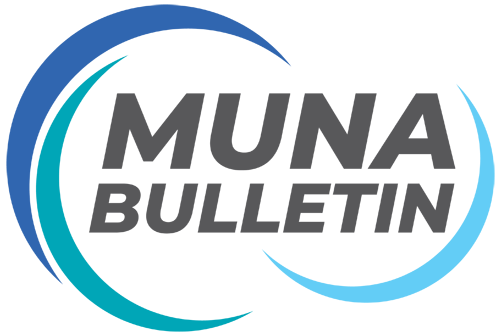












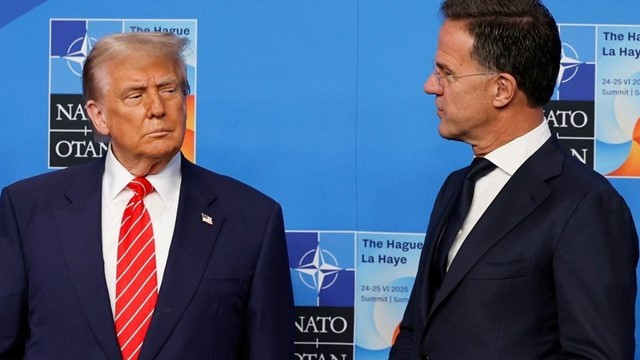
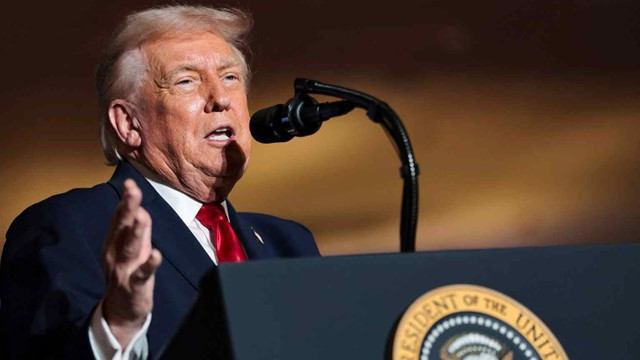
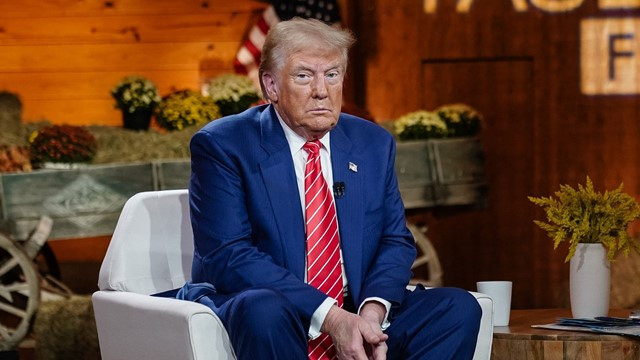

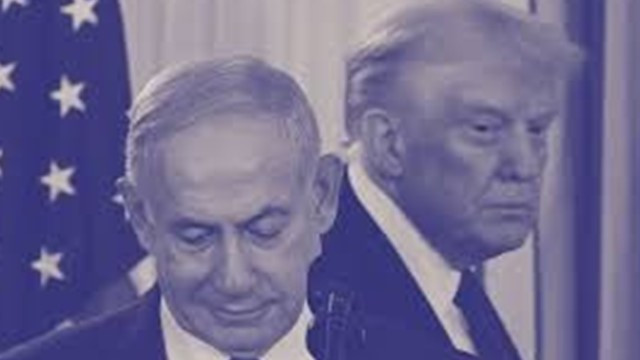
Comments Here: